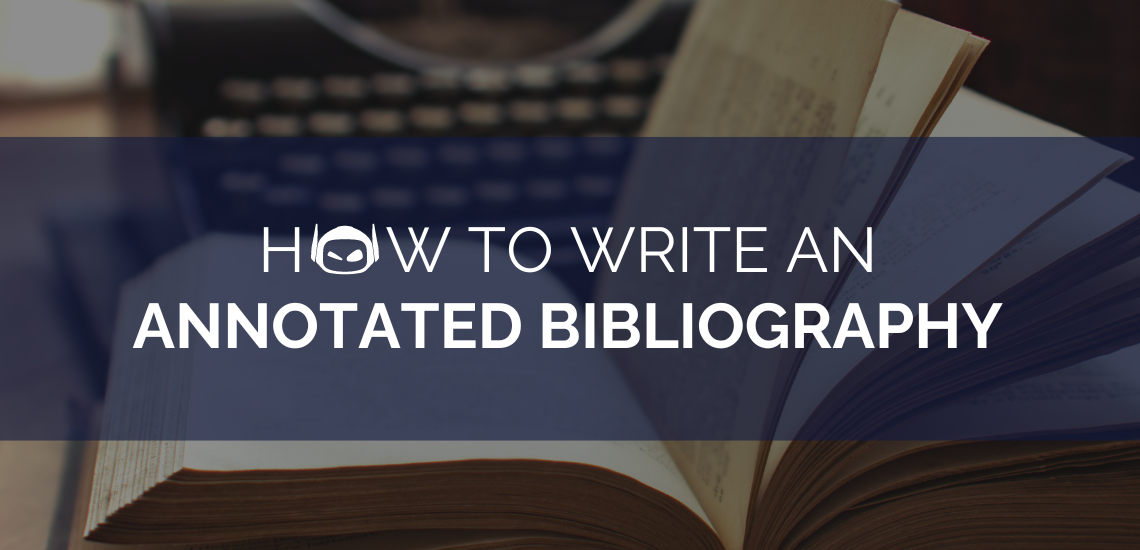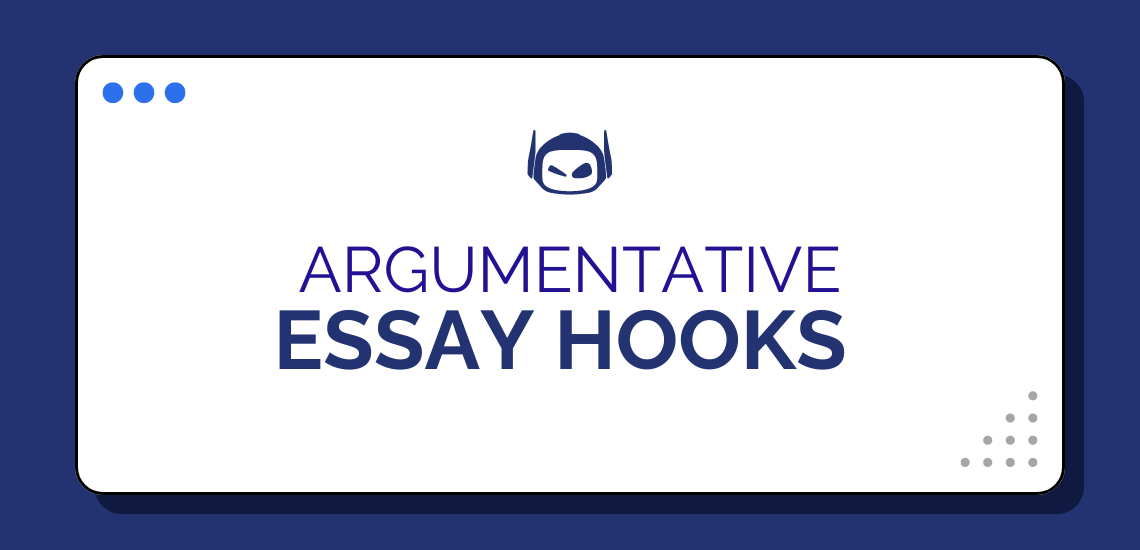
Step-by-Step Instructions for Writing
To get into a graduate school, you need to write...

Step-by-Step Instructions for Writing
Annotated bibliographies are often an afterthought when you’ve finished writing...

General Guide About Content and Writing
The opening sentences of an argumentative essay hold immense power....